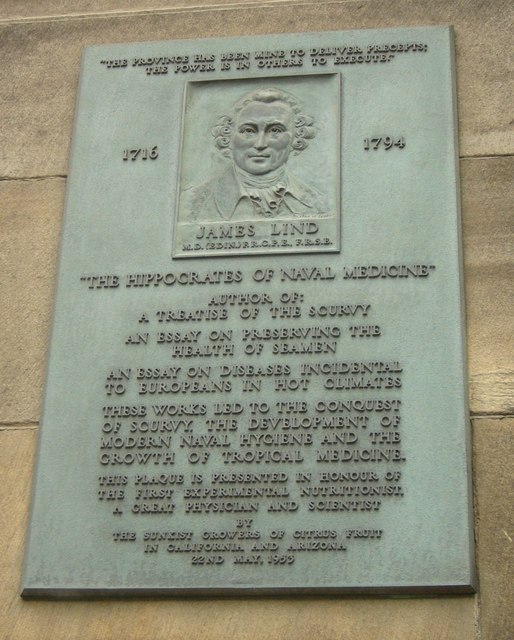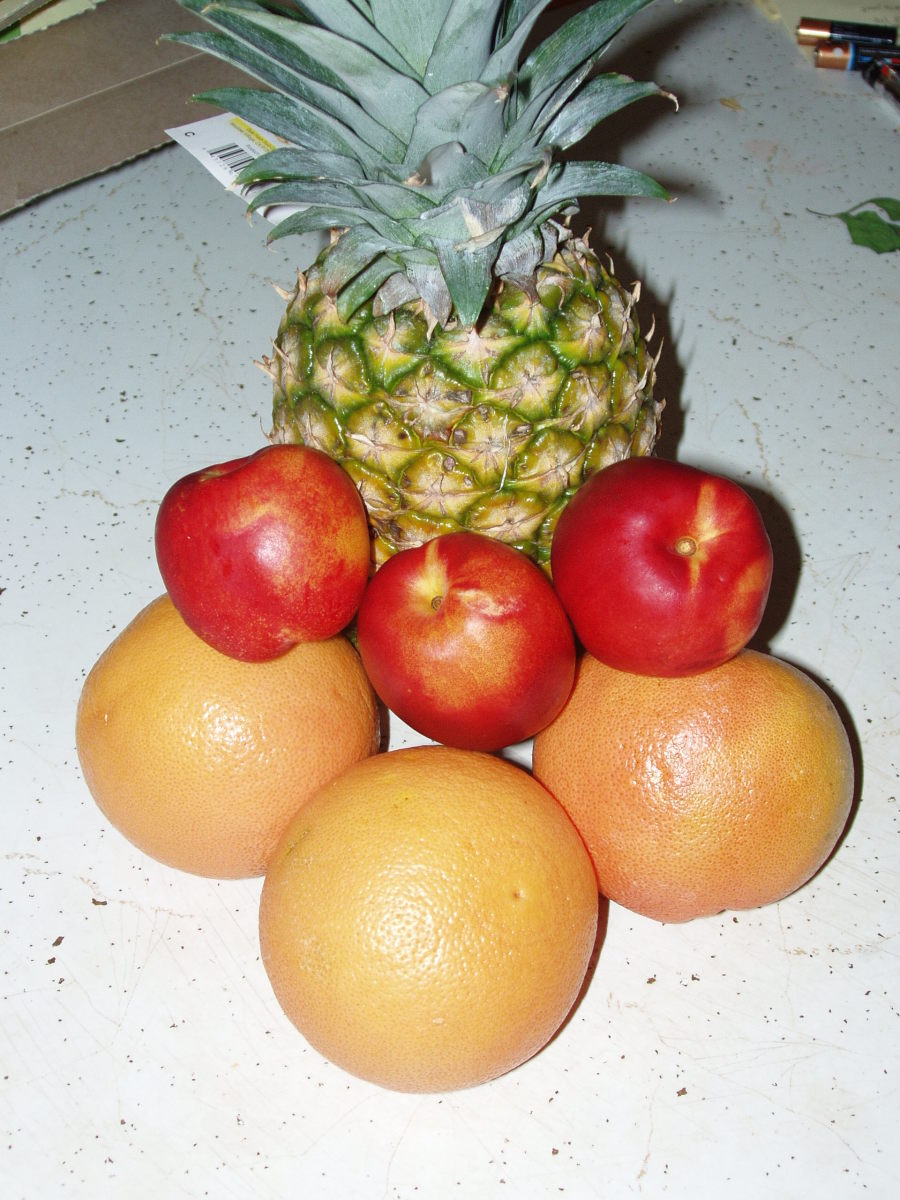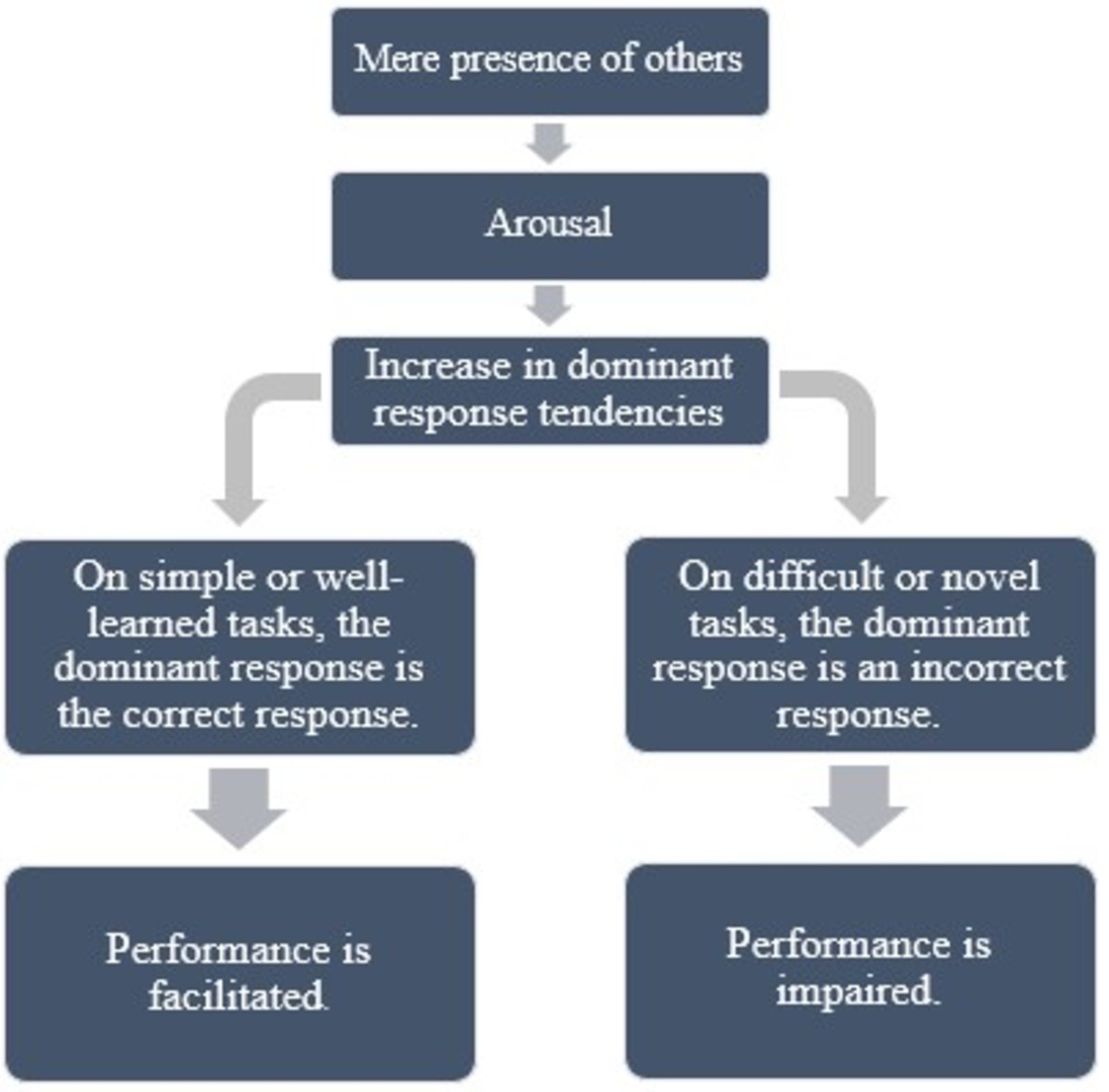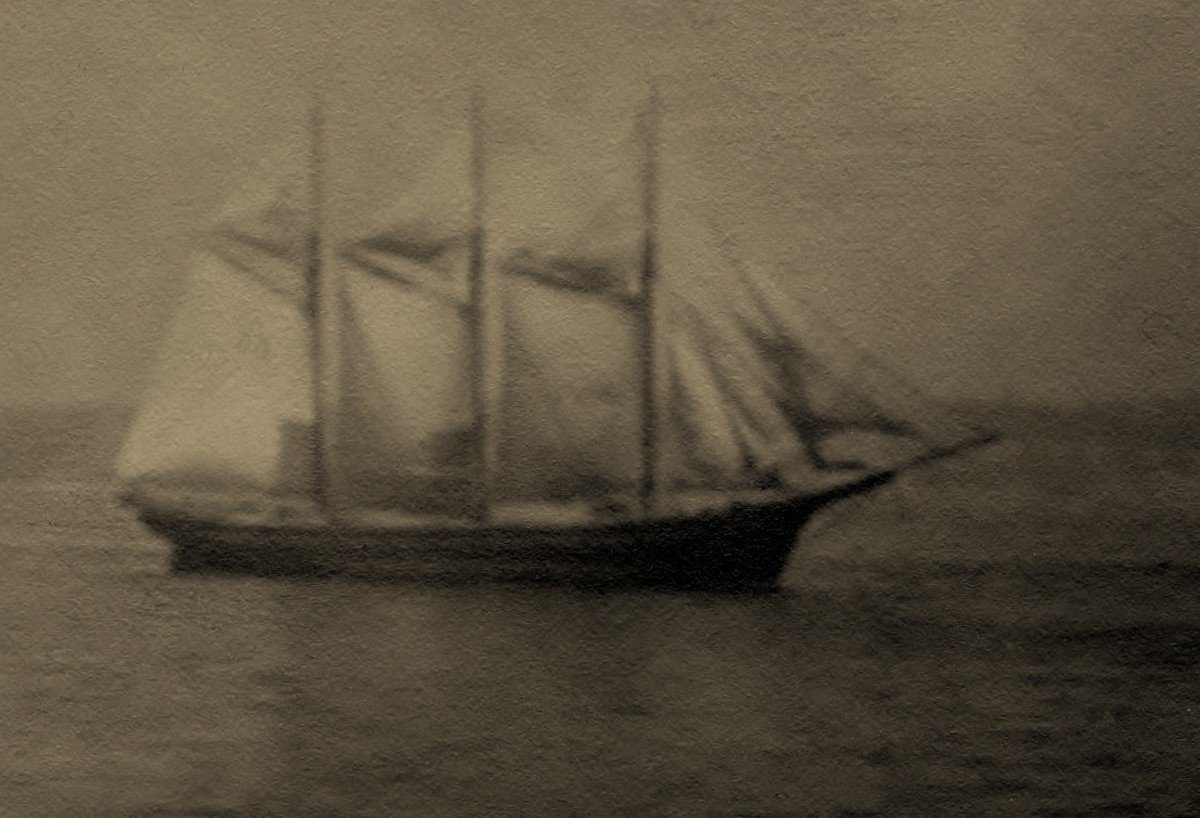- HubPages»
- Education and Science»
- History & Archaeology»
- History of the Modern Era
James Lind who's experiment discovered a cure for scurvy
What was scurvy?
Scurvy was an illness that was prevalent amongst sailors on ships. The symptoms of the disease are exhaustion and feeling extremely unwell followed by spots which ooze and bleeding sores, especially on the gums. Sailors who caught scurvy were not fit enough to work and on long voyages the ship and the crew were put in danger as there were not enough fit men to crew her. Although the disease had been recognised since the time of the Romans, a cure was not found.

Naval Surgeon
James Lind, a naval surgeon of board the 60 gun HMS Salisbury was responsible for one of the most important medical developments of the eighteenth century. Born in Edinburgh in 1816 he trained as a doctor before entering the Royal Navy as a surgeons mate. There had been theories, especially that of John Woodall in the seventeenth century that Citrus fruit might be a cure for scurvy.
At this stage of development the science of epidemiology was in infancy. James Lind’s work was important because it was the first time a theory was proven by an experiment, using patients who had the disease.
Observing that the diet supplied to the crew of the Salisbury was dominated by salt and starch and that one of the characteristics of scurvy sufferers was an overwhelming craving for fruit and vegetables, he conducted a controlled clinical trial. HMS Salisbury had been patrolling the Bay of Biscay and the ship’s crew were developing scurvy.
He chose twelve scurvy patients and supplied them all with the usual ship’s diet for six days. He split the twelve sufferers into six groups of two people. The diet was supplemented as follows
· Group One - plus one quart of cider
· Group Two- 25 drops of sulphuric acid
· Group Three - 6 spoonfuls of vinegar
· Group Four - half a pint of seawater
· Group Five - 2 oranges and 1 lemon
· Group Six - spicy paste plus drink of Barley water
The supply of fruit was limited as there was little fruit on board. By day six the fruit had been used but at this point one sailor was well on the way to a full recovery and the other had returned to duty. The two sailors in group one, who had received the quart of cider were also showing signs of recovery. Lind now knew that fresh fruit could cure scurvy. This is regarded as the first experiment to prove theorys about the causes of illness amongst a certain group of people. Having evidenced his theory Lind resigned his commission and worked on his theory. In 1753 he published his theory on scurvy which received little acknowledgement, either from the medical or naval circles.
The Admiralty Acts
As more naval officers became aware of Lind’s theory it gained popularity as they had always noted that it took time for Scurvy to develop on long trips, especially after the supply of fruit had run out. In 1794 HMS Suffolk was given supplies of lemon juice when the ship undertook a long voyage to India. By mixing the lemon juice into the sailors daily allowance of grog, the men’s vitamin C levels were kept high and at the end of the voyage there had been no serious cases of scurvy onboard the ship. Captains hearing of the success of the experiment with lemon juice demanded that they be given it for their crews and in 1795 the Admiralty agreed to supply lemon juice for the whole of the British fleet. However this did not occur until the year 1800 as plants were sourced and lemons supplied.
James Lind Alliance
James Lind is remembered today with the formation in 2004 of the James Lind Alliance, which brings carers, patients and medical experts together to address uncertainties in research and the effects of medical treatment- echoing James Lind’s experiments onboard HMS Salisbury. Today Epidemiology is a science where the causes of disease are investigated and solutions or cures found wherever possible using both statistical and environmental data. James Lind is viewed as the founding father of Epidemiology.








